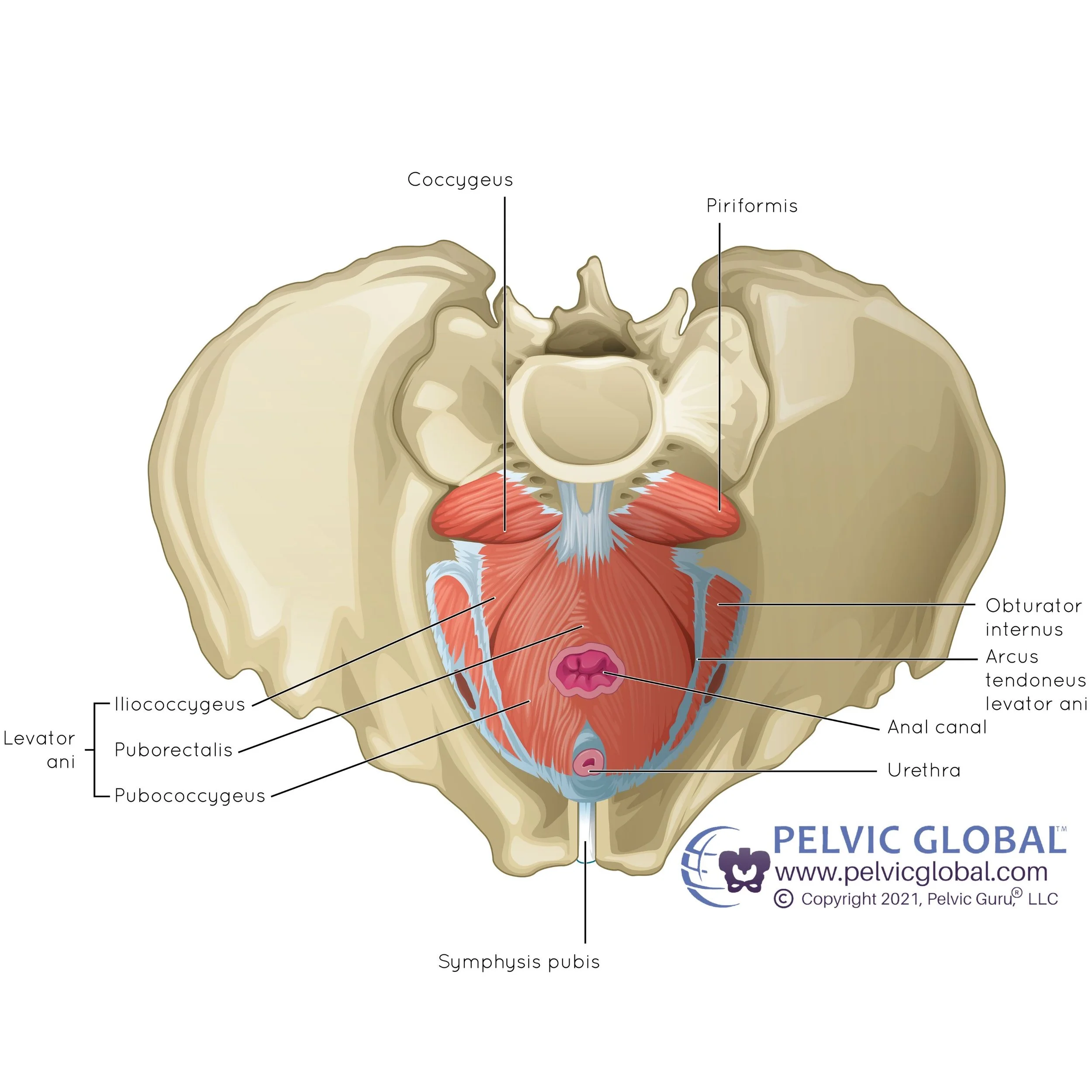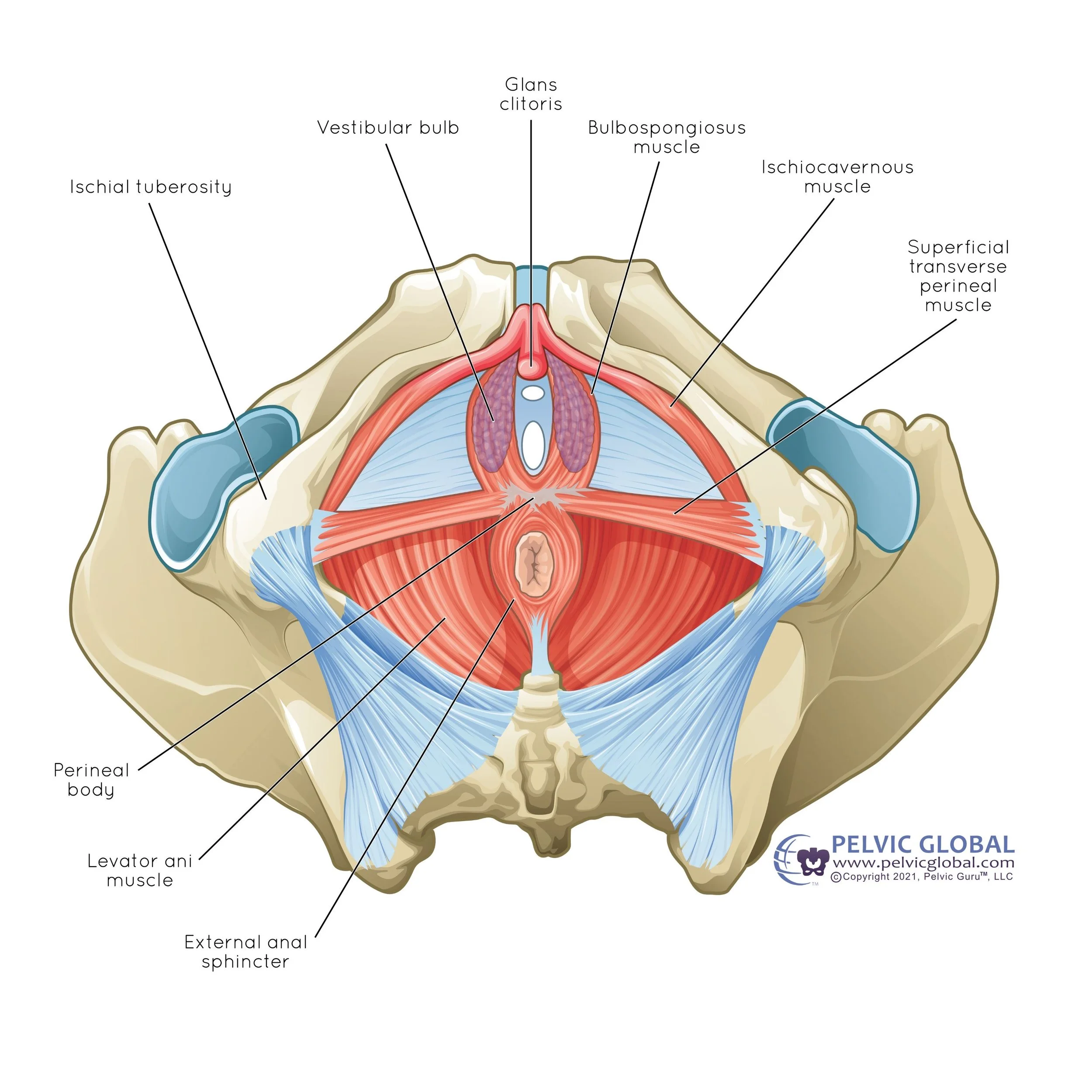Is Pelvic Floor physical therapy worth it?
Pelvic Floor Physical Therapy (PFPT) is a specialized and comprehensive treatment approach for addressing a wide range of pelvic floor disorders, offering hope and relief for individuals experiencing these complex conditions without the need for surgery or medication.
Pelvic PT therapy is designed to cater to both men and women, addressing issues such as pelvic pain, various forms of incontinence related to bowel and bladder control, sexual dysfunction, pregnancy concerns, and more. This holistic therapy focuses on empowering patients by identifying and strengthening muscles that may be weakened or overly tense, enhancing one's awareness and control over these muscles, and providing tailored exercises and techniques to alleviate symptoms.
Understanding the Pelvic Floor:
The pelvic floor is a critical structure comprising muscles, ligaments, tendons, nerves, and connective tissue, serving as the foundation and support for the pelvic area. In women, it supports the bladder, uterus, vagina, and rectum, while in men, it holds the bladder, bowel, urethra, and rectum. This complex system is pivotal for maintaining bladder and bowel control and supporting sexual health. Dysfunction in the pelvic floor can lead to a range of issues, including erectile dysfunction in men and painful intercourse in women, highlighting the importance of a healthy and functional pelvic floor for overall well-being.
Conditions Treated with PFPT:
PFPT addresses an array of conditions, including but not limited to bladder pain, bowel incontinence, cystocele, constipation, endometriosis, enterocoele, frequent urination, urinary incontinence, groin pain, hip pain, pelvic organ prolapse, chronic prostatitis, and tailbone pain. The therapy is also beneficial for individuals preparing for or recovering from pelvic surgeries, such as prostate surgery or hysterectomies, and for childbirth preparation.
Treatment Approach and Expectations:
PFPT begins with an initial assessment in a private setting, where therapists address any concerns and outline a personalized treatment plan. Treatments can encompass exercises, manual techniques, movement coordination, and may include biofeedback, to enhance bladder function. The duration of therapy varies, commonly involving visits once per week over several weeks or months, tailored to the individual's specific needs and progress.
Exercises and Patient Empowerment:
Patients may be introduced to specific exercises, including Kegel exercises, which are often misunderstood or performed incorrectly. Proper guidance on these and other tailored activities helps ensure effective engagement in the therapy process. Beyond exercises, PFPT empowers patients with knowledge and techniques to manage their conditions, aiming for long-term improvements in quality of life.
Achieving Results and Continuous Care:
The goal of PFPT is to enable individuals to return to their desired activities, overcome incontinence, and improve sexual health, among other outcomes. Acknowledging the need for treatment and actively participating in the therapy process are crucial steps toward recovery. Continuous communication with therapists and regular check-ins help maintain and build upon the progress achieved.
Accessing Pelvic Floor Physical Therapy:
In Illinois initiating PFPT does not require a referral from a healthcare provider, such as a primary care physician, OB-GYN, urologist, or urogynecologist. This ensures that patients can receive care that is specifically tailored to their conditions and health goals without the need to go to multiple doctors to get treatment.
In summary, Pelvic Floor Physical Therapy at Chicago Pelvic Health and Wellness offers a valuable and effective treatment option for individuals experiencing a range of pelvic floor dysfunctions. With a commitment to the therapeutic process and a personalized approach to care, PFPT can significantly enhance one's quality of life, addressing both physical symptoms and their impacts on daily activities and well-being. Please contact our clinic for more information!
For further information and to stay updated on the latest in pelvic health, follow us across our social media platforms and online resources:
Written by: Steve, “The Pelvic Ambassador”


